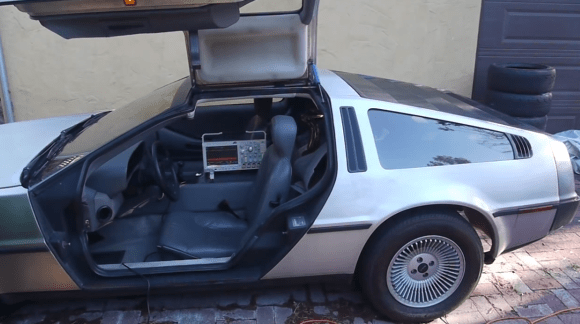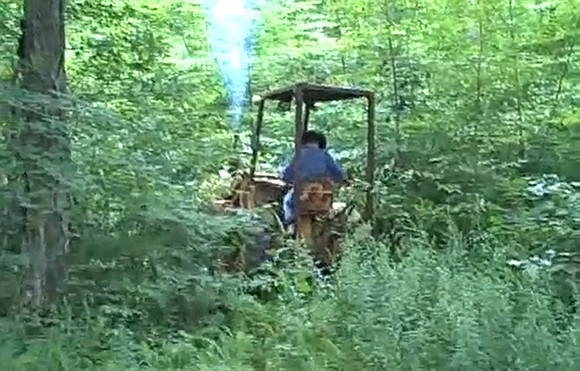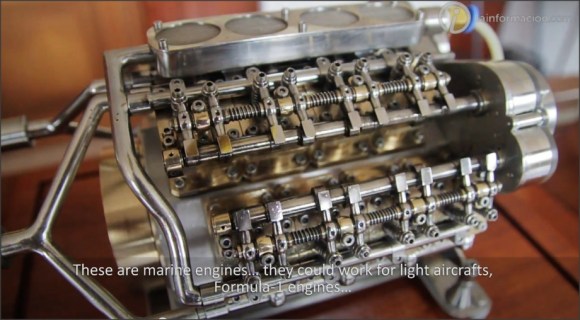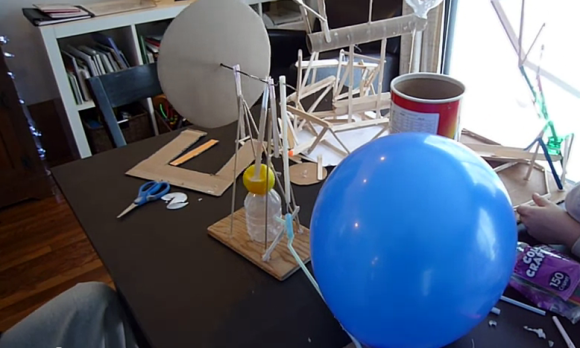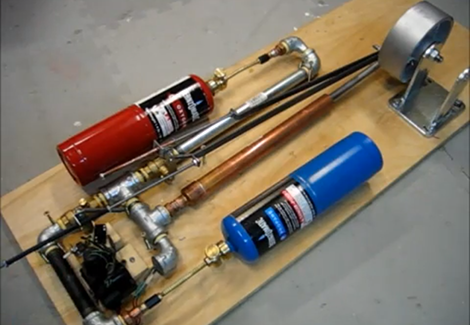Sometimes we forget how many things we can do with a simple oscilloscope. In this video [Ben] uses one that Tektronix lent him to measure his DeLorean engine RPM. By checking the car main ~12V voltage one may notice that the voltage spikes occurring are directly related to the engine speed, as they are created by the inductive kicks from the ignition coils. Obviously the multiplication you have to do to get the RPMs from the number of spikes per second depends on your engine configuration (flat 4, v6…).
The method that [Ben] used was to search for high amplitude spikes on the (AC coupled) car 12V Fast Fourier Transform (FFT) to get a reliable measurement given the many electrical noise sources present in his car. At the end of his video, he however mentioned that it could still be possible to get a good measurement with a simple voltage comparator and a high enough voltage reference.
Continue reading “Measuring Car Engine RPM Via The Cigarette Lighter”

